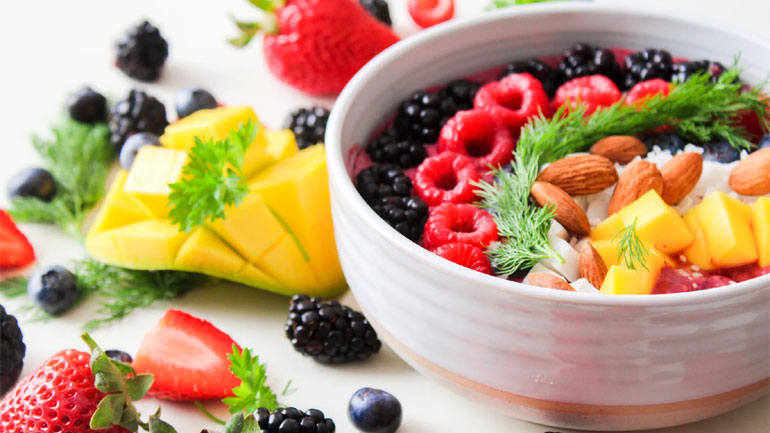Who likes pale, over-cooked vegetables? No one! Using a slow cooker to prepare meals is an easy way to for novice cooks to show off in the kitchen, but nobody is impressed when the meat is perfectly succulent and the vegetables turn to mush. Here are some tips to make sure that slow cooker meal is perfect every time.

Choose the Right Vegetables
Some vegetables lend themselves beautifully to slow cooking, and can actually turn out better when left on low and slow. If you start with one of these sturdy vegetables, you can be sure that your meal will turn out all right.
- Sweet Potatoes
- Yams
- Carrots
- Celery
- Cauliflower
- Cabbage
- Mushrooms
- Brussels Sprouts
- Onions
- Garlic
- Kale
- Turnips
- Parsnips
Know What to Avoid
While most veggies can be used in a slow cooker to some extent, a few should be avoided altogether.
Bell peppers become quite soft on the inside, but the peel will separate and not break down while cooking. These bits of peel can be hard to chew and are hard to get out of the final dish.
Iceberg lettuce, or other tender greens, has high water content. Slow cooking traps moisture in, and this will lead to a watery outcome.
Avocados oxidize in the slow cooker and turn black. While it may seem like a great idea to add some extra creaminess to that one pot chili, this idea may not end well.
Fresh asparagus and broccoli have a very potent flavor. If added too soon, these flavors can permeate the entire slow cooker and make for a very odd-tasting meal. It’s best to use blanched and frozen asparagus or broccoli instead. Just add it to the top about 15 to 20 minutes before serving, cover, and wait for the steam to thaw out the vegetables.
Beets stand up nicely to longer cook times; however, expect everything in the slow cooker to turn a vibrant purple. Unless you are looking for a borscht-like hue for your slow cooker meal, cook the beets separately.
Cucumbers and radishes are never good in the slow cooker. They will lose their flavor when cooked for longer periods of time and are best used raw, as a garnish added after cooking.
Work With What You’ve Got
There are a few occasions when you can use over-cooked vegetables to your advantage. Dice and add any one of these ingredients into the slow cooker for 8 to 10 hours. They will break down quite well and add extra thickness to a soup or stew. Use a wooden spoon or an immersion blender to help break down any remaining chunks if you’d like. Of course, they can also be thrown in for the last hour of cooking if you would prefer a more put-together version of the vegetable.
- Zucchini
- Fresh Tomatillos
- Tomatoes (Peeled)
- Winter Squash
- Eggplant
Add Tender Vegetables at the End
If you’d like to include some tender vegetables in your slow cooker meal, simply add those ingredients at the end. Spinach, summer squash, peeled bell peppers, chard, green onions, baby bok choy, pea pods, green beans, and fresh herbs are all excellent when added the last 1 to 2 hours of cooking.
Watch Your Cooking Times
It is important to note that even the heartiest of vegetables will break down at a certain point. Most slow cooker friendly veggies can withstand 4 to 6 hours on high heat or 8 to 10 hours on low. Onions and mushrooms can handle up to 14 hours if you intend to make caramelized onions or a creamy mushroom ragout. Be sure not to go over these cook times and rest assured that your vegetables will be just fine.
I hope this article will assist you to make delicious and healthy recipes on a slow cooker. Kindly share your experience with this appliance.





